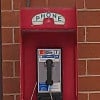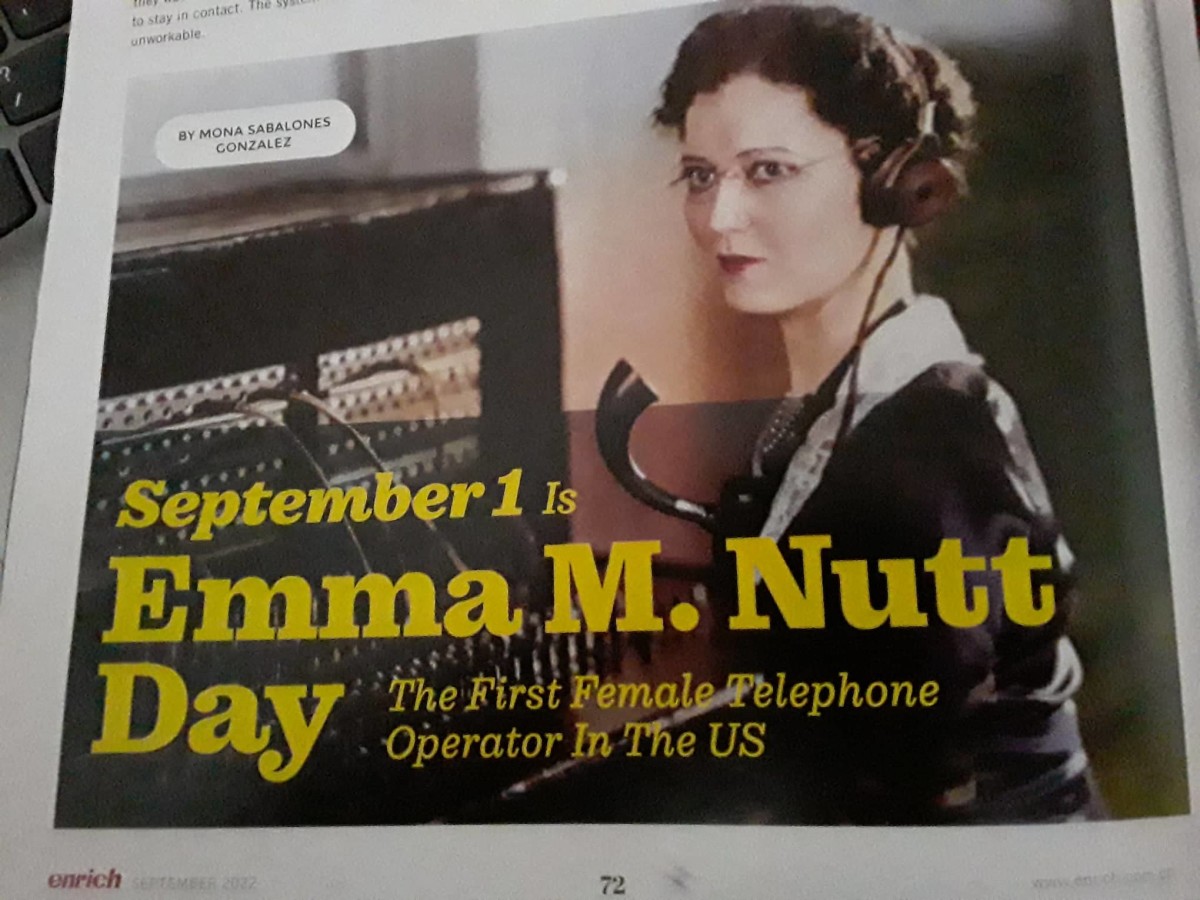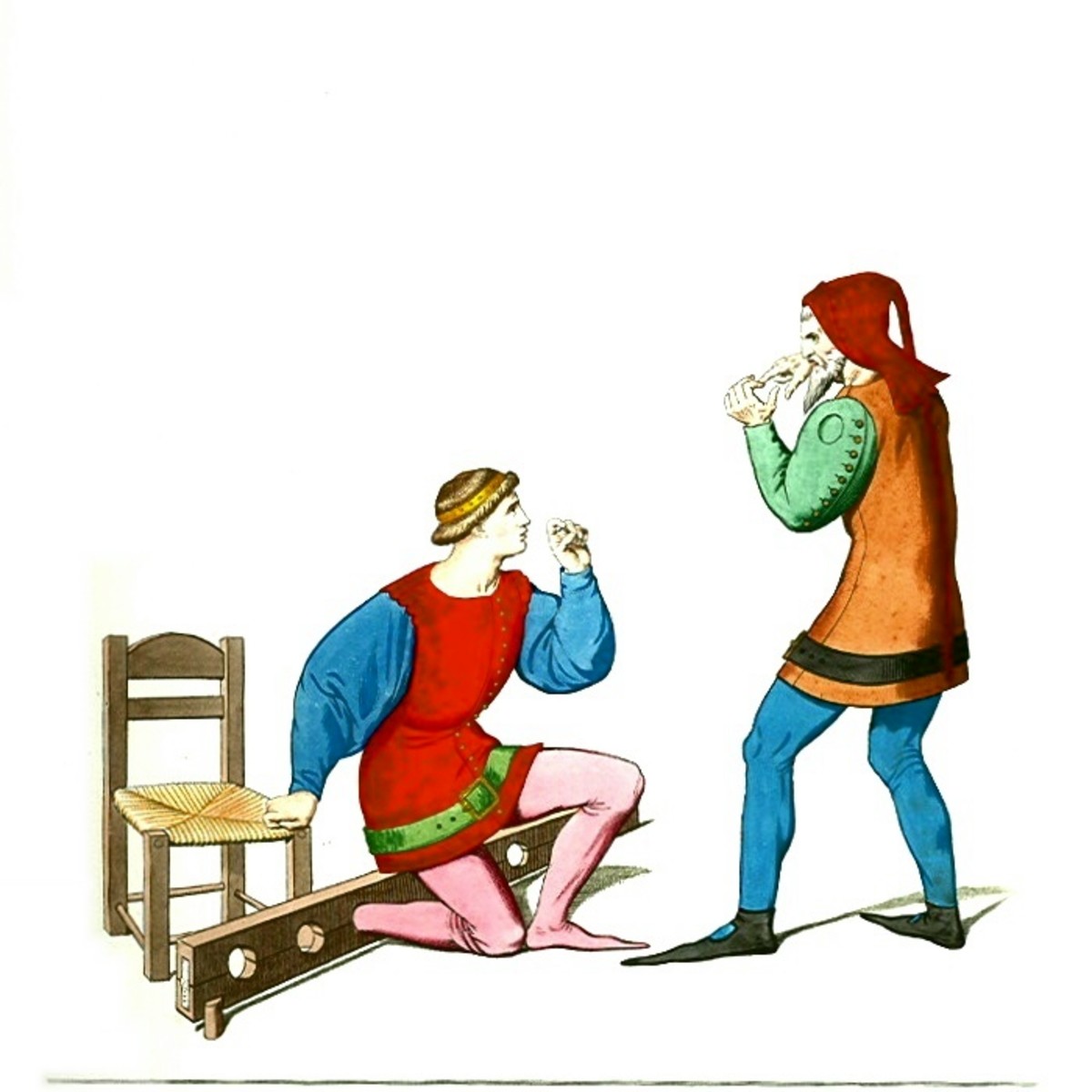Telephone History Facts

Early speaking devises
Telephones, since the days of Alexander Graham Bell, have ordinarily been based on some sort of electromagnetic principle. Prior to that, mechanical devices were used. As such their range was very limited. It brings to mind a current advertisement for cell phones. A young man asks some senior citizens what they did before cell phones. They jokingly reply that they used tin cans and string. As kids we experimented with those. According to Wikipedia such devices were used for centuries before more modern devices were invented. However, I don’t think we ever got much in the way of results with the cans and string arrangement.
The earliest devices were mechanical and transmitted sound through pipes or something similar, like speaking tubes which are still used on ships. The speaking tube, also called a “voice pipe” has two cones connected by an air pipe through which speech can be transmitted. In the 19th Century they were sometimes used like an intercom in upper class homes, as well as luxury cars, offices, military aircraft and locomotives, according to Wikipedia. These devices some of us know as megaphones. They consisted of wood or metal cones, one of which was shaped to speak into and connected to one that is flared to amplify sound. They largely became outmoded by the telephone. There is some modern day use for such devices in two way radio. The concept is used in intercoms for motorcycle helmets for communication between the pilot and passenger. Ultra-light aircraft also employ such devices.
Telegraph
The electrical telegraph uses electrical signals to transmit text code messages. Commonly called the telegraph it replaced the optical semaphore telegraph system. Electrical systems allowed nearly instant messages over continents and oceans. This had vast social and economic impact. Sir William Fothergill Cooke built the first commercial electrical telegraph which was used on the “Great western Railway” in England, according to Wikipedia. It started operation April 9, 1839 and ran 13 miles.
In 1837, Samuel Morse developed and patented an electrical telegraph in the United States. Alfred Vail, who was Morse’s assistant, developed the Morse code. Morse sent the first telegram January 6, 1838. Inventors such as Charles Bourseul. Thomas Edison, Elisha Gray, and Alexander Graham Bell tried to find ways to send several messages at the same time over the same line by using different modulated frequencies. These efforts led to the invention of the first telephone.
Who invented the first telephone?
I have always been told that Alexander Graham Bell invented the telephone, but like so many things in history “it ain’t necessarily so.” There have been many disputes and controversies about it. The invention has been attributed to Charles Bourseul, Antonio Meucci, Johann Phillip Reis, Alexander Graham Bell, and Elisha Gray. These and others have been given credit for it. Many lawsuits were brought over patent claims of individuals and commercial competitors. The patents of Bell and Edison seem to have won out because they had dominance of the technology and were upheld by the courts.
Bell has usually been cited as inventor of the first practical telephone. An Italian-American inventor, Antonio Meucci was recognized in the U.S. House of Representatives for contributing work on the telephone, according to Wikipedia. Johann Phillip Reiss in Germany is considered a leading telephone pioneer.
Bell was the first to patent the telephone as an “apparatus for transmitting vocal or other sounds telegraphically. The early telephones had a variety of technologies. For a short time liquid transmitters were used but soon were abandoned. Next were dynamic telephones with diaphragms which wiggled a coil of wire in the field of a permanent magnet, or sometimes the reverse. These lasted longer than the liquid transmitters. Some were still around in the 20th Century, primarily in military and maritime applications. The ability to create its own electrical power was crucial in these applications. Edison/Berliner Carbon transmitters were the dominant applications. Edison patents kept the Bell monopoly going into the 20th Century when the telephone networks were more important than the instruments were.
The early telephones were powered locally. A dynamic transmitter or a local battery powered the transmitter. These early phones used a single wire for both transmitting and receiving.
Originally telephones were leased in pairs primarily for communication between a home and shop. Country phones often had hand cranked “magneto” generators to make a high voltage alternating signal to ring the bells of the other phones on the line. It would also alert the exchange operator.
Edison invented and developed the carbon microphone in 1877-1878. It was used in all phones with the Bell receiver until the 1980’s. There was long litigation and a federal court ruled that Edison, not Emile Berliner invented the Carbon microphone. This kind of microphone was also used in radio broadcasting and public address systems through the 1920’s.
In 1893 the U.S. was lagging behind Sweden, New Zealand, Switzerland and Norway in the density of telephones. When the Bell patents expired in 1893-1894, the United States rose to world leadership in telephone density with many independent telephone companies starting up. Three million phones were in the U.S. and were connected by manual switchboards by 1904.
Personal observations
I grew up in a world not too far removed from where this history leaves off. We had party lines. I think there may have been some hand cranked phones still around in rural areas. Cell phones were science fiction. The comic strip “Dick Tracy” portrayed a wristwatch that detectives could talk into as a two way radio. The party line disappeared sometime in the 1950’s I think. Not too long after I graduated from the University I took a job on a small Iowa newspaper and was sort of surprised that the phone system was a bit lagging behind what we city folks were used to. It was a town of about 2000 people. The year was 1962. There was only one public telephone in town. The regular phones which we had to conduct business on were on some sort of party line. I found that the operators of the system would shut off the call after three minutes. Local people were used to it and just called back. I am not a telephone person and this was an added complication. Never the less I got fairly proficient at working around the system. Some years later I was working as a collections correspondent at a trucking company where I might be talking to a customer and the switchboard would cut me off because the boss wanted to use the phone. A situation I don’t understand even now. So much for customer service!
Later, on another Iowa newspaper I covered a story of the last switchboard in the area closing down. This was probably signaling the end of a telephone era. The land line is now almost a thing of the past as well.The cell phones have taken over. What will be next?
copyright 2012 Don Hoglund
© 2012 Don A. Hoglund








